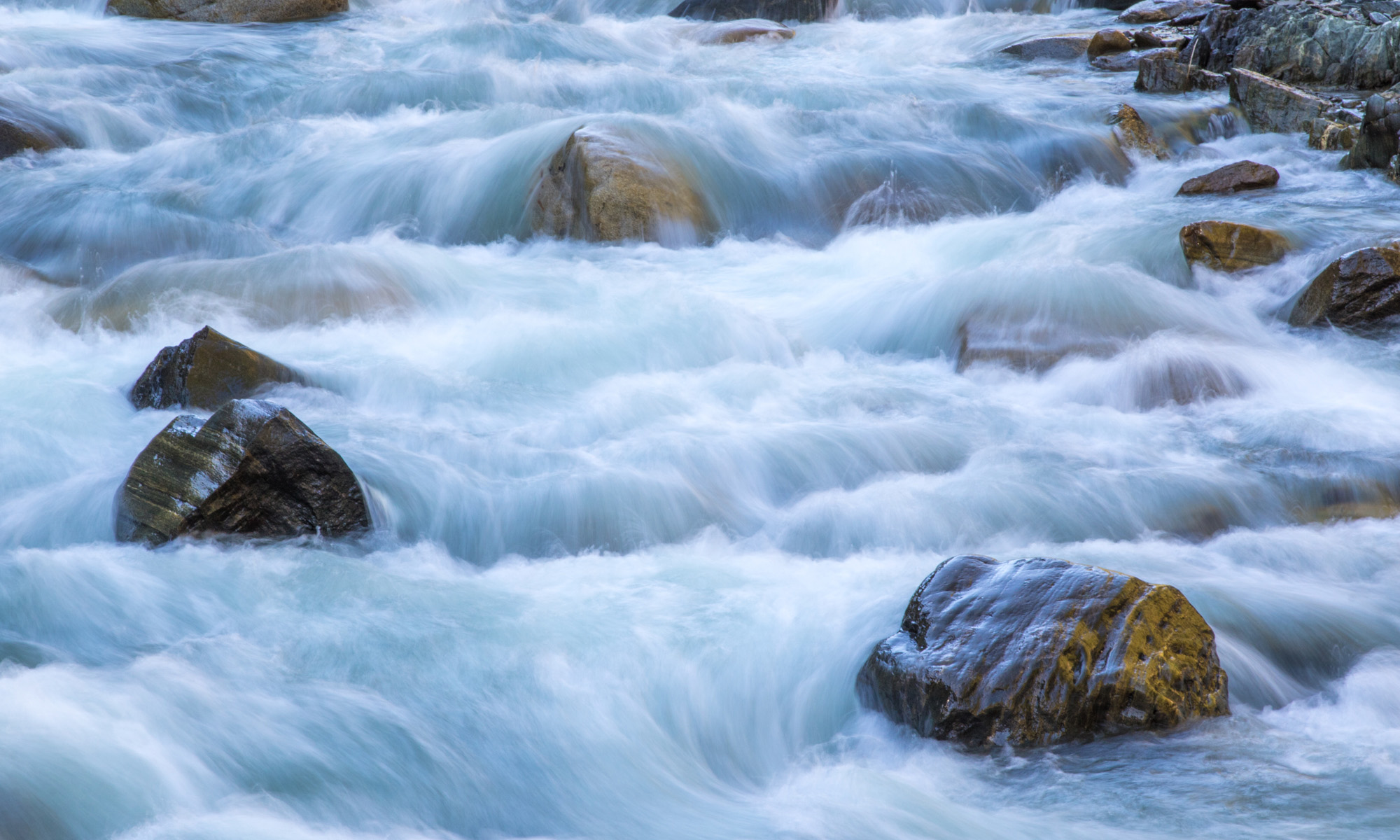Today’s Question: When you enable the option to store presets with the catalog, it indicates that presets stored with the catalog need to be backed up manually. Why would this option prevent the presets from being backed up?
Tim’s Quick Answer: Lightroom Classic presets must always be backed up manually. The message you’re seeing is simply clarifying that storing presets with the catalog does not cause them to be backed up with the catalog backup feature in Lightroom Classic.
More Detail: By default, when you add or save presets or templates in Lightroom Classic they are saved in a somewhat hidden folder on your hard drive, along with settings files for many other applications. There is an option on the Presets tab of the Preferences dialog, however, that allows presets to be stored alongside your catalog. There are two key issues to be aware of with this option, however.
As noted in today’s question, presets must be backed up manually, meaning they aren’t backed up by Lightroom Classic. Backing up the Lightroom Classic catalog using the built-in feature will not cause your presets or other settings to be backed up. Only the catalog is backed up. That’s true regardless of whether you’re storing presets with the catalog. However, if you enable the option to store presets with the catalog you’ll see a message indicating that they must be backed up manually, just to clarify that they won’t be backed up with the catalog backup feature just because they were moved to the catalog folder.
The other thing to be aware of is that if you enable this option existing custom presets you created or added won’t be moved. This can lead to a situation where the default Lightroom Classic presets and new presets saved moving forward will be stored with the catalog, but your existing presets will be stored in the default location. You would then need to manually move custom presets to the new folder location.
In either case, however, it is important to keep in mind that backing up the Lightroom Classic catalog with the built-in feature doesn’t back up your photos or any of your other custom user data, such as saved presets and templates.

